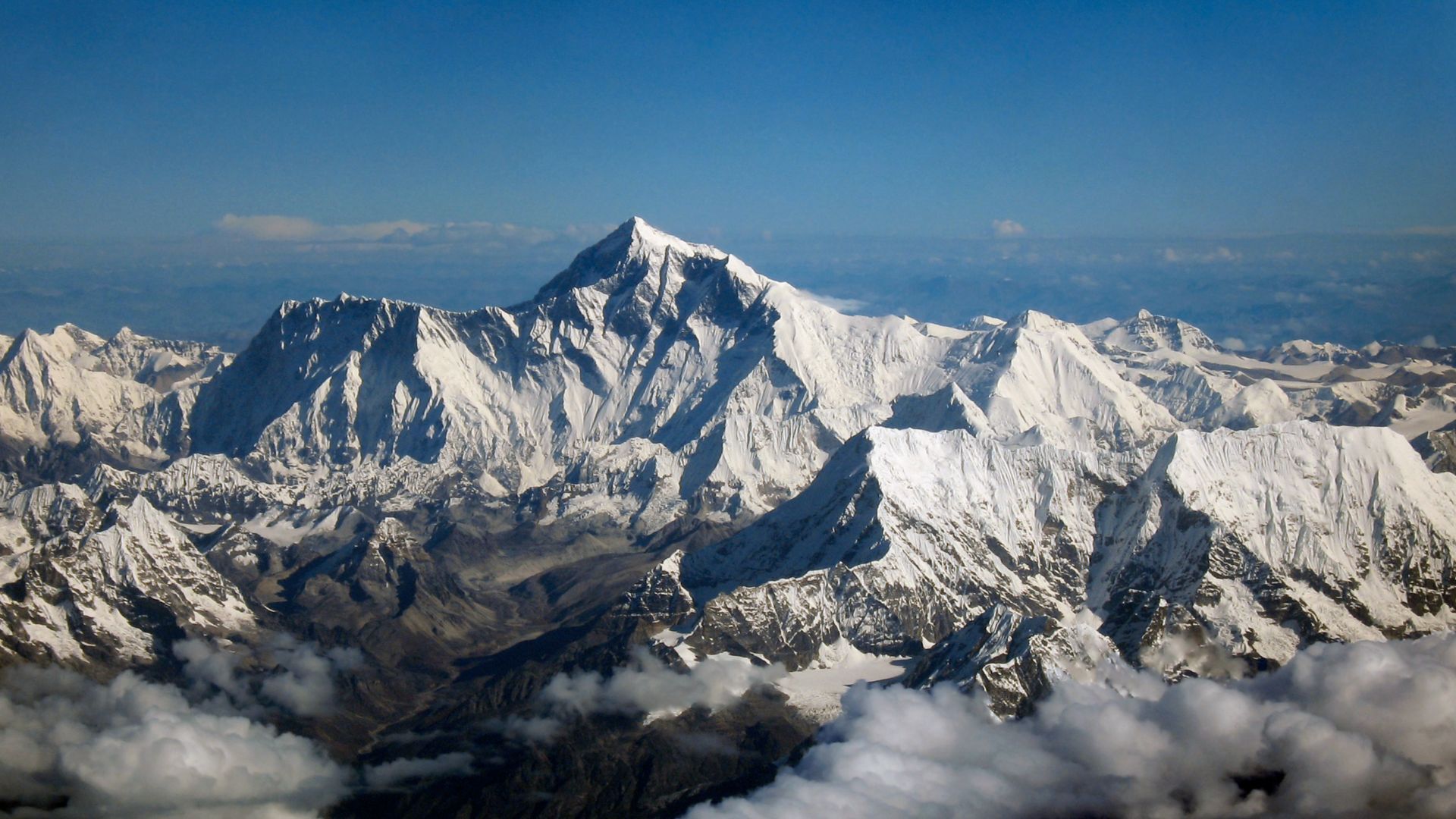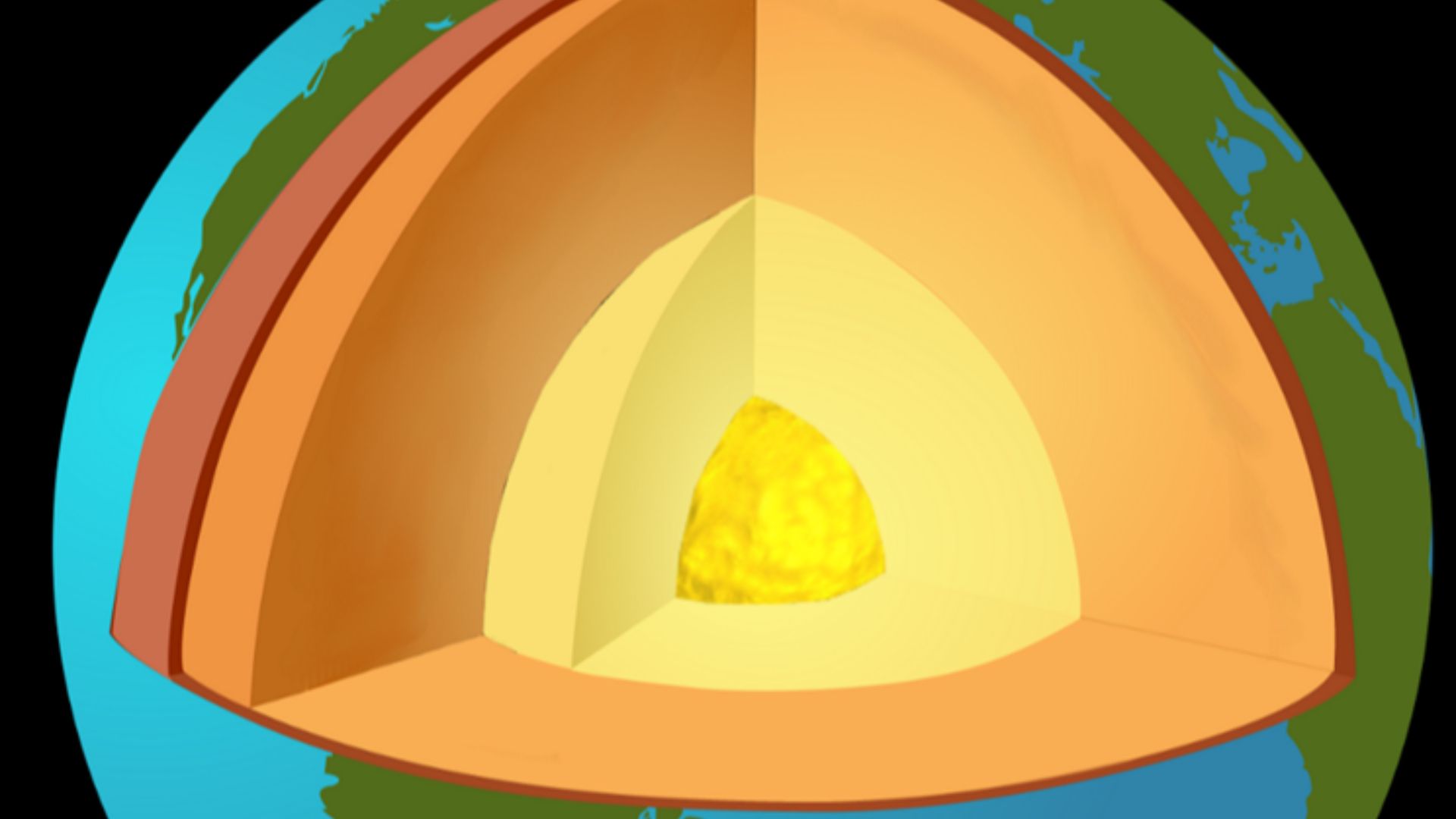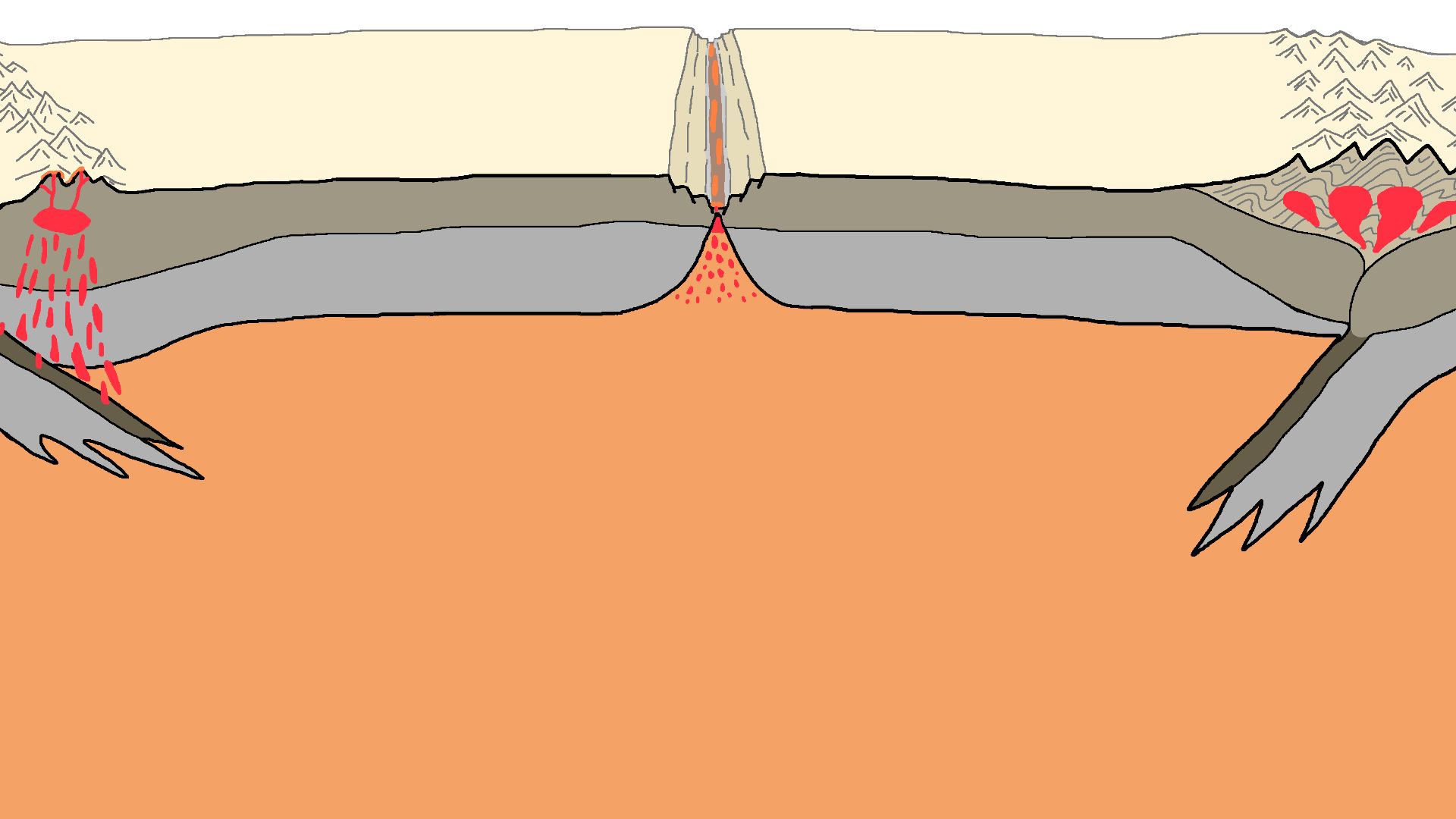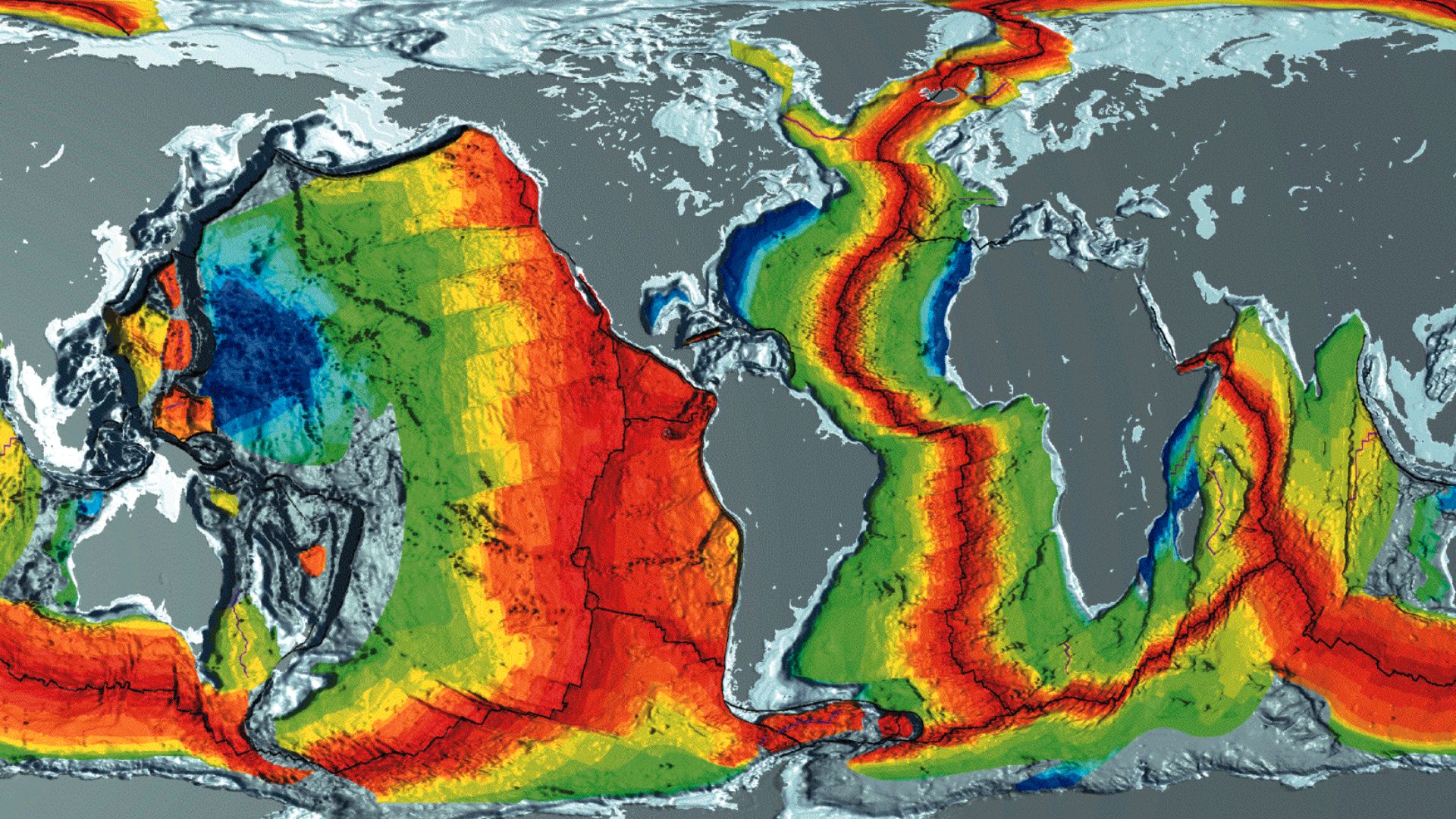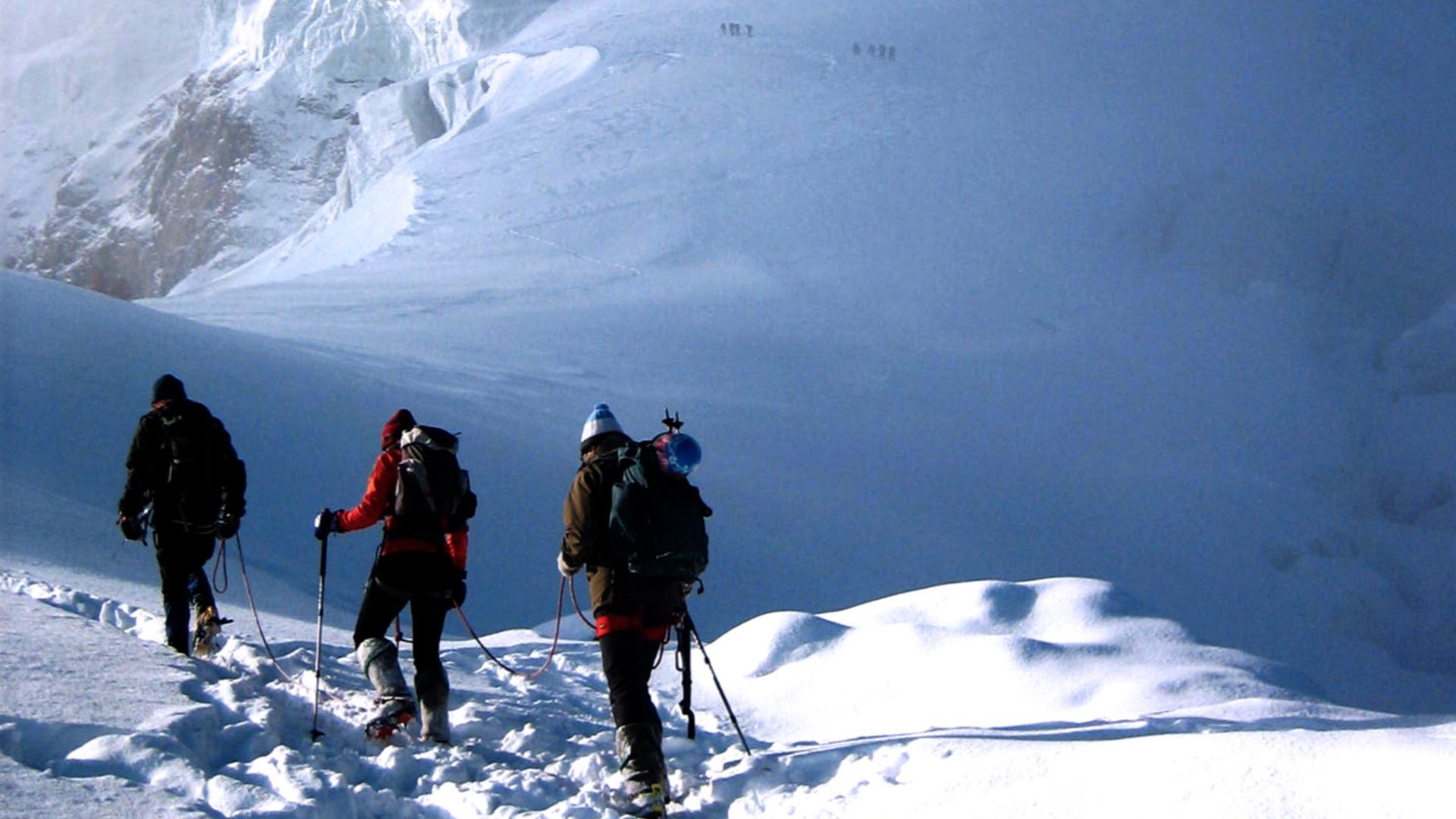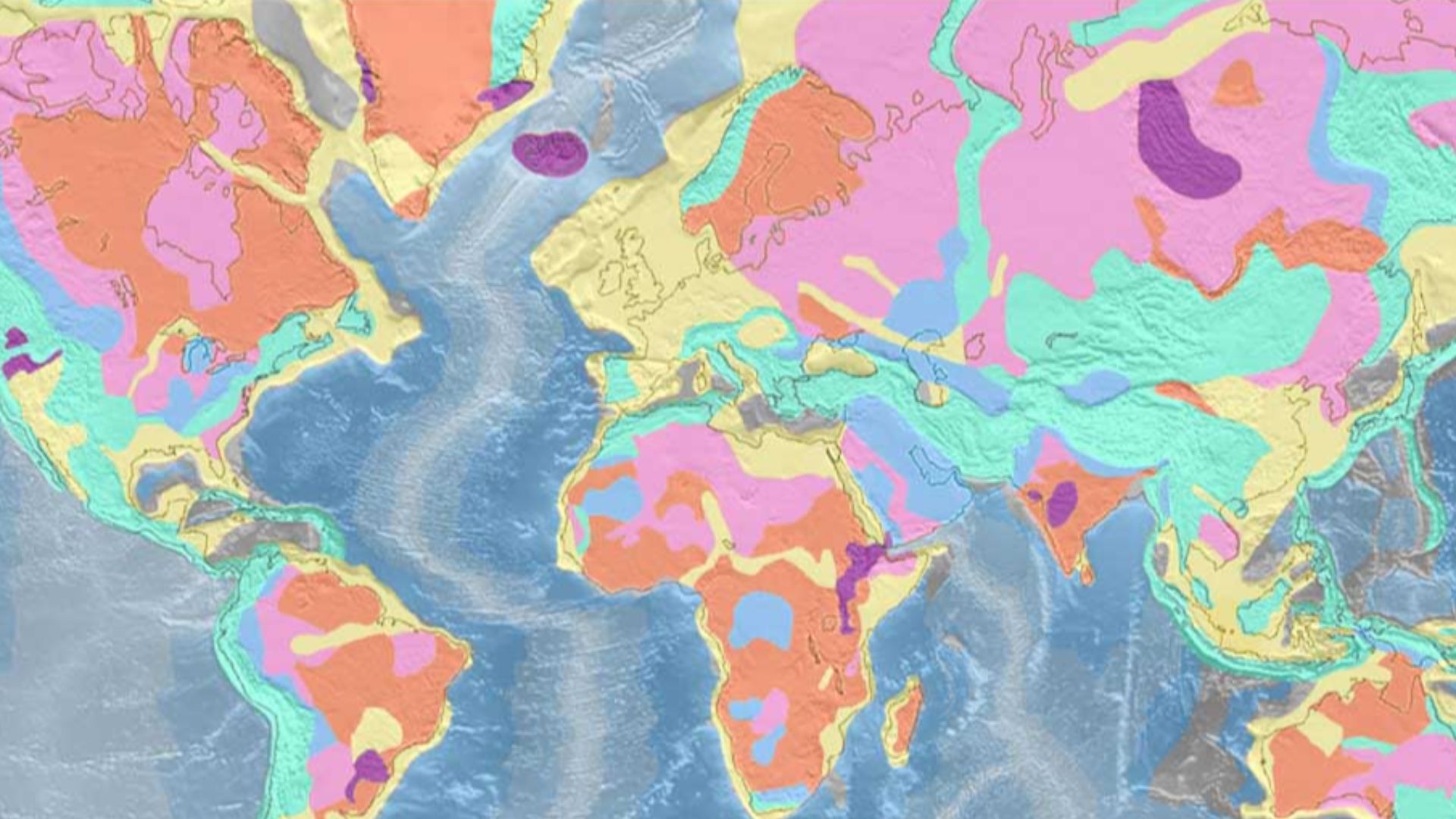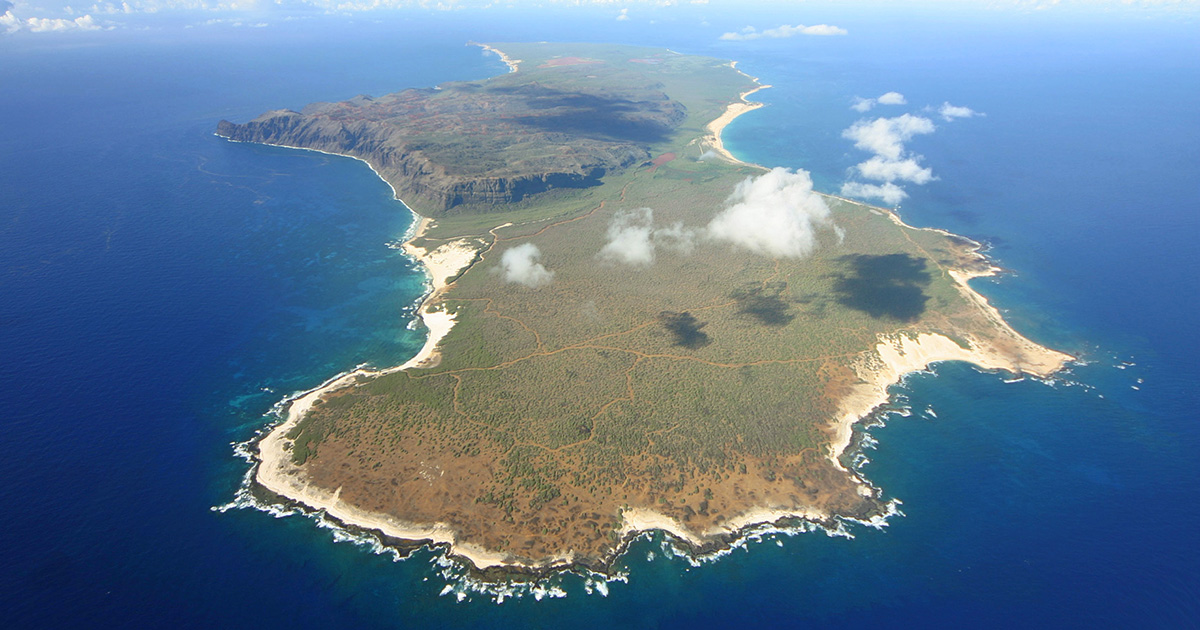Deep Down Under
Scientists have charted almost every corner of Earth's surface, yet our planet's interior remains one of the biggest mysteries. Far below the crust lies an entirely different world that holds structures far larger than anything we've measured above ground.
Mount Everest: Surface Height Champion
Mount Everest rises 29,032 feet above sea level and tops the list of the tallest surface mountains. It sits between Nepal and China and took 60 million years to form. For many, it defines extreme height, but it's only one example of Earth's largest structures.
The Basic Structure Of Our Planet
Earth has three main layers: the thin crust where we live, the thick mantle of hot rock beneath, and the dense metallic core at the center. Temperatures and pressures climb dramatically the deeper you go, creating environments that nothing on the surface can match.
 Nicolas Eynaud, Wikimedia Commons
Nicolas Eynaud, Wikimedia Commons
The Mantle-Core Boundary
Roughly 1,800 miles below us, the solid mantle meets the molten outer core. This zone marks a dramatic change in temperature and density. It's a frontier scientists can only study indirectly, yet it plays a major role in Earth's internal dynamics.
Extreme Conditions Beyond Imagination
At that depth, temperatures can reach up to ~8,132°F (~4,500°C) and pressures reach approximately 1.35 million times atmospheric pressure at sea level. Under such extremes, rock behaves like a slow-moving fluid, and minerals rearrange into exotic forms never seen at the surface.
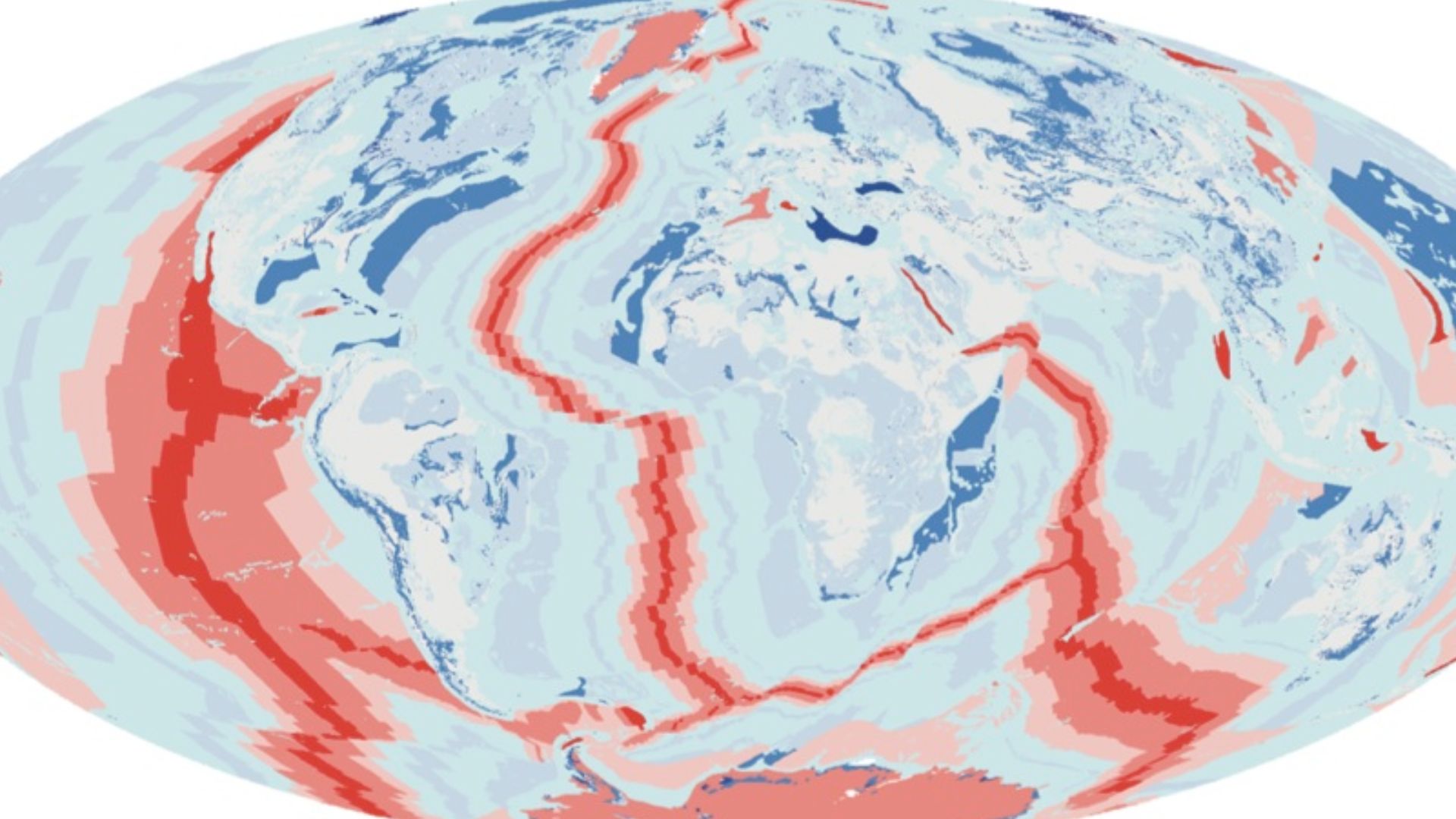 J. H. Davies and D. R. Davies, Wikimedia Commons
J. H. Davies and D. R. Davies, Wikimedia Commons
Why Study Such Invisible Depths?
Understanding Earth's deep interior helps explain how the planet formed and how it's evolving. Studying these giant structures also sheds light on plate tectonics, volcanic activity, as well as the Earth's magnetic field, which all affect life on the surface.
The Breakthrough Discovery
From the 1980s to 2020, a global team analyzed data from hundreds of earthquakes. Their advanced seismic maps revealed puzzling shapes at the mantle-core boundary. These were not faults or magma pockets, but massive features unlike anything seen in earlier models of the deep Earth
 Phoenix7777Own workOpenStreetMap contributors, CC BY-SA 4.0, Wikimedia Commons
Phoenix7777Own workOpenStreetMap contributors, CC BY-SA 4.0, Wikimedia Commons
Who Are The Scientists Exploring Earth's Depths?
Seismologist Edward Garnero from Arizona State University, building on the pioneering work of the late geophysicist Adam Dziewonski (pioneering tomography) of Harvard, has been leading exciting new research on these unfathomable formations.
Their combined expertise in seismic wave studies helped reveal these vast, hidden formations far beneath our feet.
 Christoph Moder, Wikimedia Commons
Christoph Moder, Wikimedia Commons
Seismic Tomography: Mapping The Unseen
Seismic tomography works like a 3D X-ray for the planet. By recording how earthquake waves travel, slow, or bend, scientists create detailed images of Earth's interior—showing structures and boundaries far deeper than any mine or drill could ever reach.
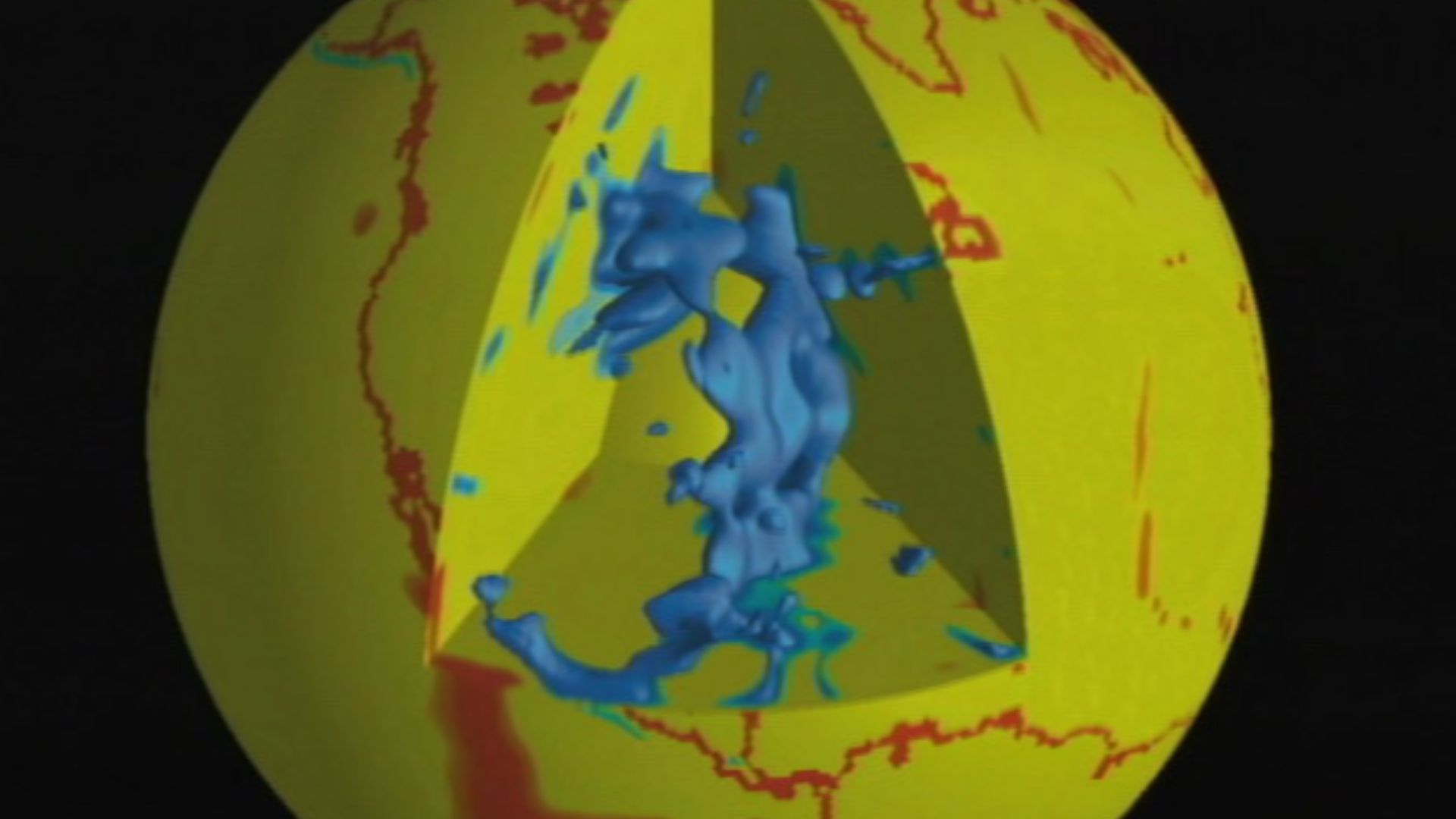 NASA (visualization: Stuart A. Snodgrass; software development: Hans-Peter Bunge), Wikimedia Commons
NASA (visualization: Stuart A. Snodgrass; software development: Hans-Peter Bunge), Wikimedia Commons
The Role Of AI In The Discovery
AI played a key role by analyzing seismic data from earthquakes. It detected anomalies that could have been missed by humans in a 2020 study that spotted core-mantle boundary features. This technological breakthrough allowed scientists to spot the mountains and confirm their existence.
Unbelievable Scale: 100 Times Taller Than Everest
Measurements indicate these deep-Earth formations can stretch nearly 620 miles high, as compared to Mount Everest, which is just over five miles. The scale makes them some of the largest known physical features on our planet, though they sit entirely out of human reach.
 Photo by Pavel Novak, Wikimedia Commons
Photo by Pavel Novak, Wikimedia Commons
The Two Known Locations
Scientists found that one structure lies under Africa, the other beneath the Pacific Ocean. Both are vast enough to cover entire continents if placed on the surface, yet they remain locked nearly 1,800 miles below in constant heat and pressure.
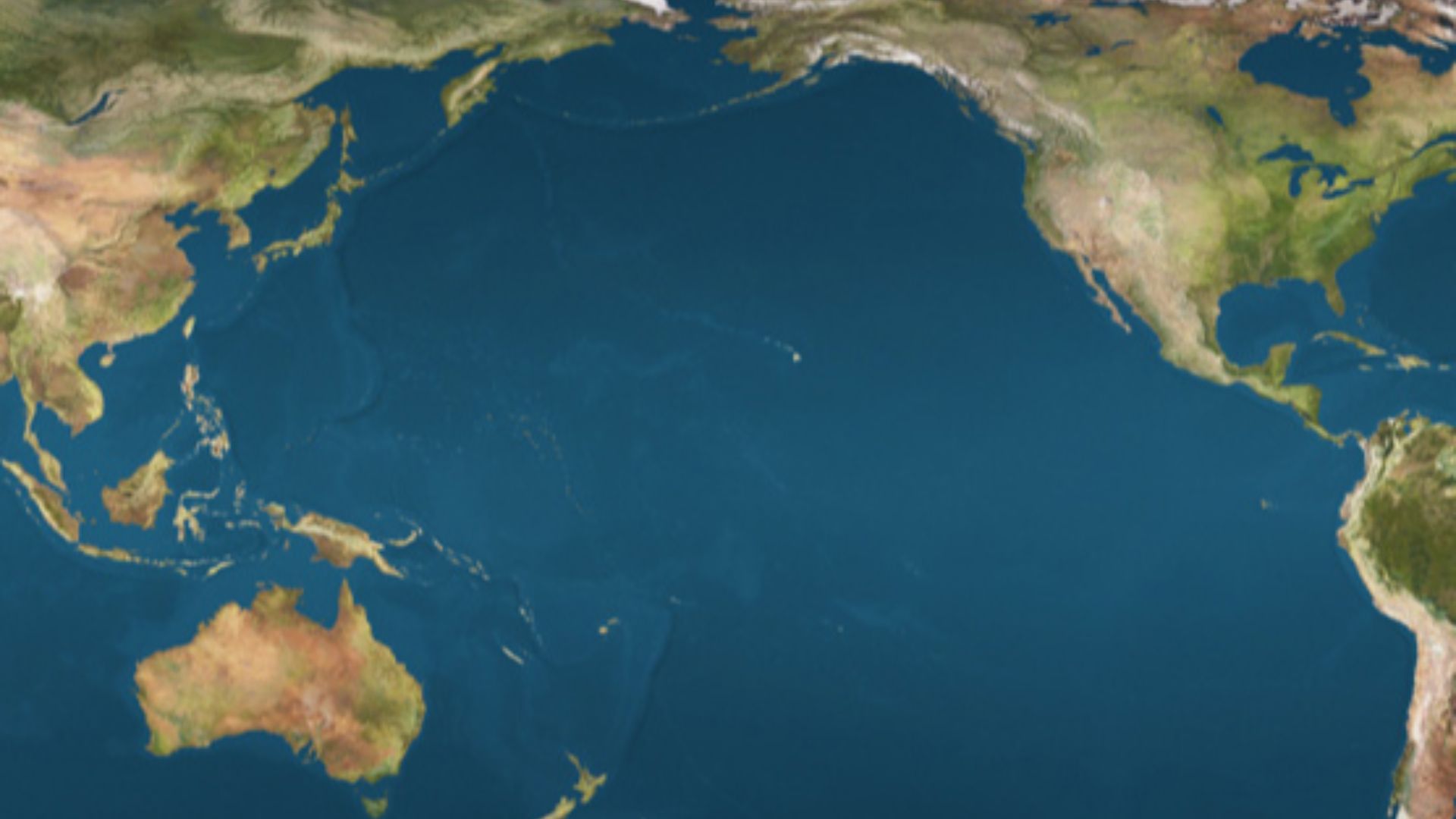 NordNordWest, Wikimedia Commons
NordNordWest, Wikimedia Commons
Unusual Composition Of The Giants
Seismic data hints that these deep structures are made from unusually dense rock, chemically distinct from the mantle around them. Scientists propose that they could be remnants of ancient oceanic crust pushed deep underground by plate tectonics long ago.
Tectonic Plates And Their Journey Into The Deep
At certain edges, tectonic plates collide, and the denser oceanic plate sinks beneath the lighter one, diving deep into the mantle in a process called "subduction". Some slabs descend all the way to the core-mantle boundary and carry surface material with them.
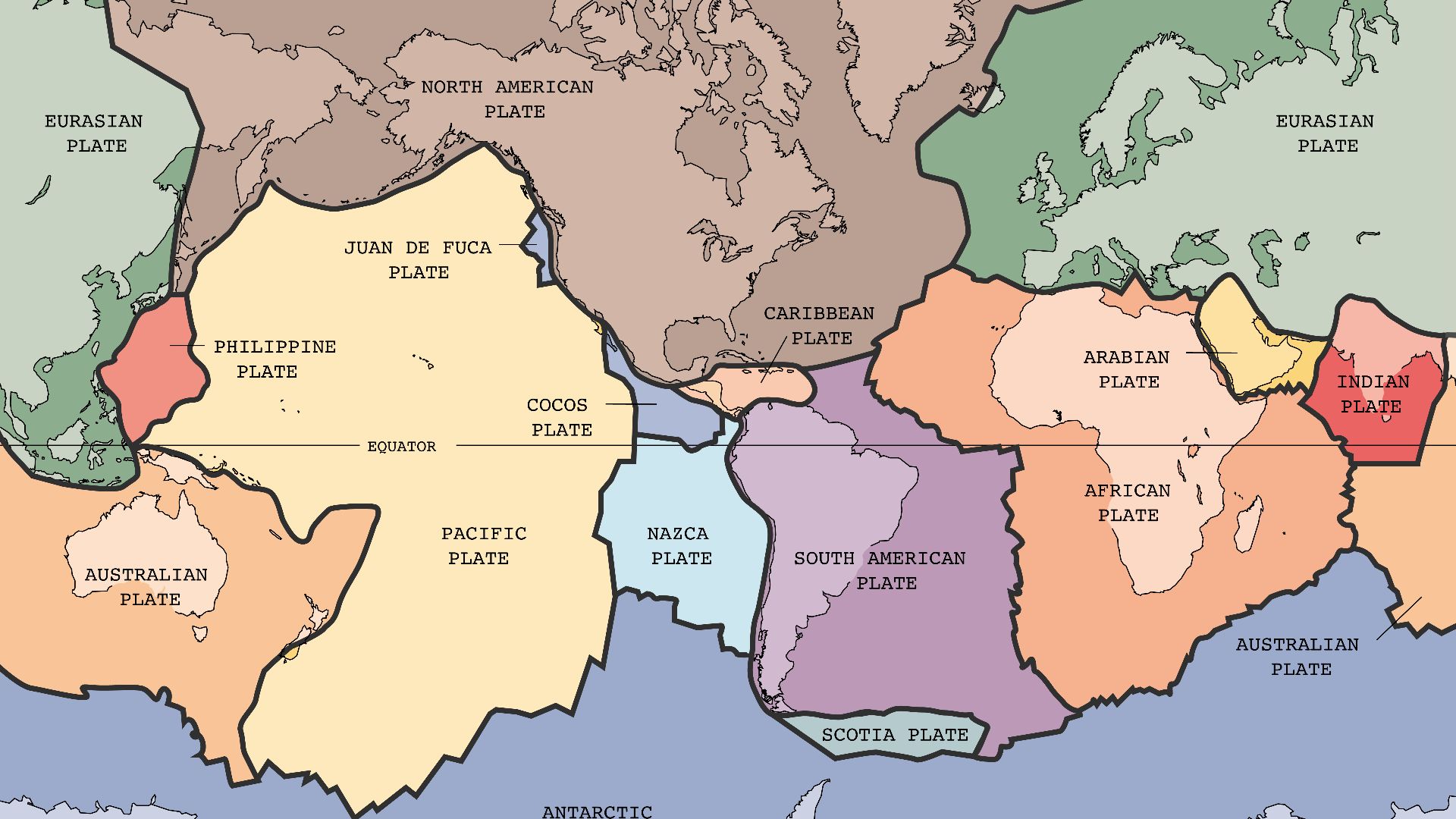 Map:USGS Description:Muriel Gottrop~commonswiki, Wikimedia Commons
Map:USGS Description:Muriel Gottrop~commonswiki, Wikimedia Commons
Potential Formation Theories
Scientists think these massive formations formed from sinking tectonic plates piling up at the mantle-core boundary. Other ideas suggest heavy materials gathered there over billions of years or altered chemically by extreme heat and pressure in this deep realm.
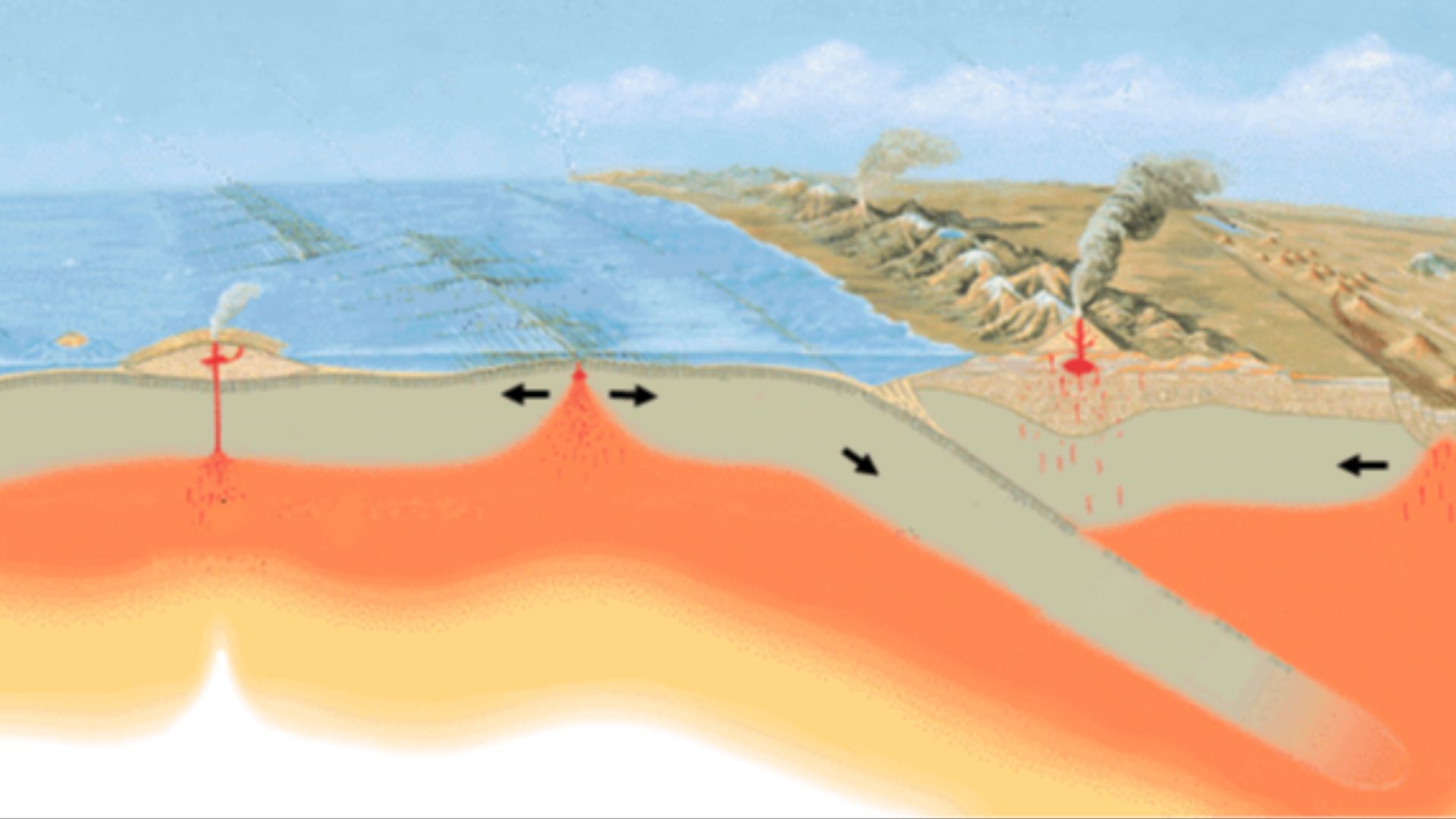 USGS/USGov, modified by Eurico Zimbres, Wikimedia Commons
USGS/USGov, modified by Eurico Zimbres, Wikimedia Commons
Why This Changes What We Know About Earth
These findings challenge old beliefs that the deep mantle is steady and uniform. Instead, Earth's interior appears complex and dynamic, with hidden structures influencing mantle convection and possibly how tectonic plates shift on the surface.
 NASA on The Commons, Wikimedia Commons
NASA on The Commons, Wikimedia Commons
Implications For Plate Tectonics
Discovering these two massive deep formations helps explain why tectonic plates move the way they do. The up-and-down motions in the mantle, influenced by these hidden giants, drive plate movement and can affect earthquakes and volcanic activity far above.
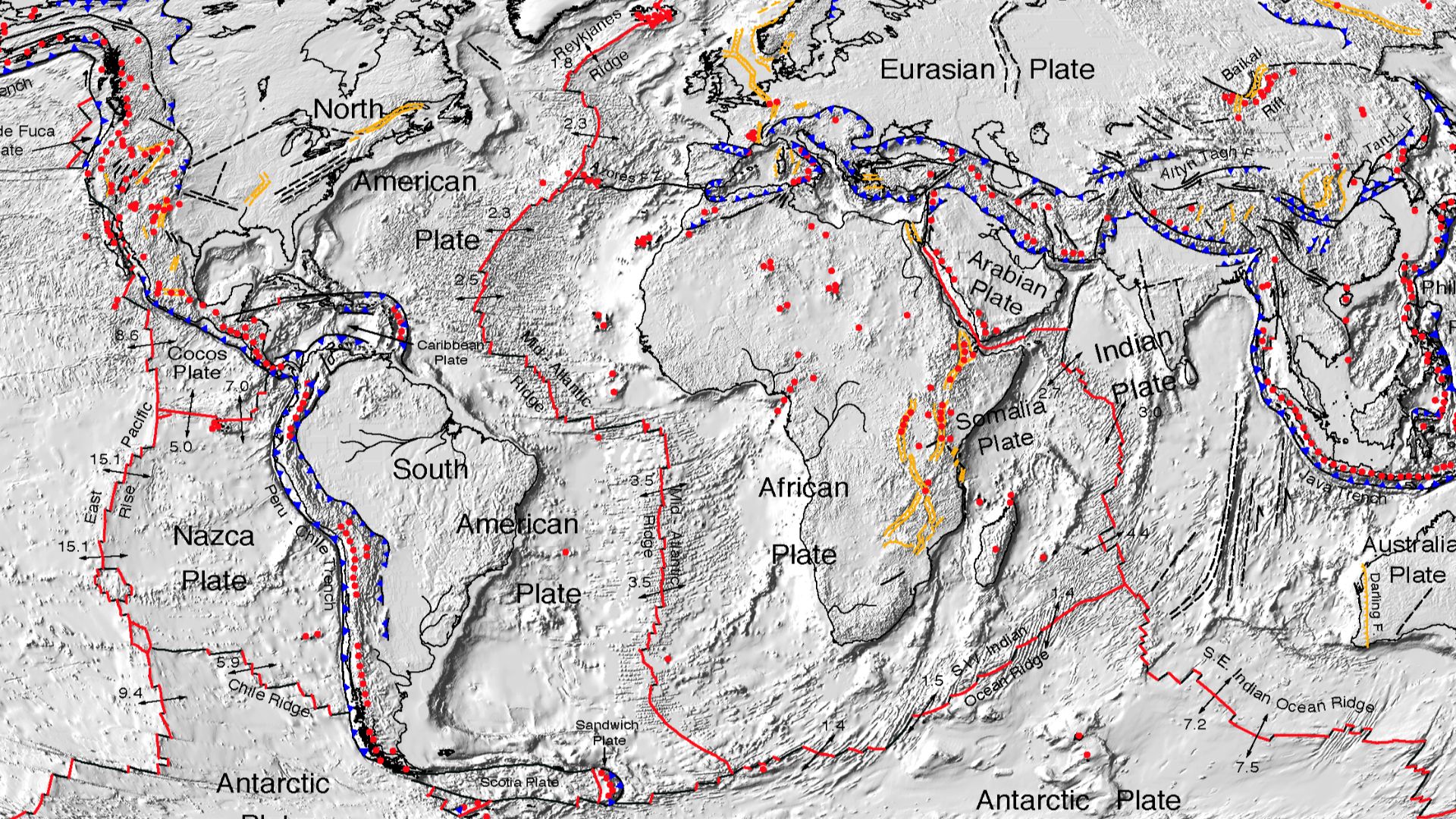 NASA/Goddard Space Flight Center, Wikimedia Commons
NASA/Goddard Space Flight Center, Wikimedia Commons
Clues To Earth's Early History
Because they may be billions of years old, these deep mountains act like geological time machines. Studying them gives scientists rare insight into Earth's earliest days, when the planet was forming and shaping its internal layers.
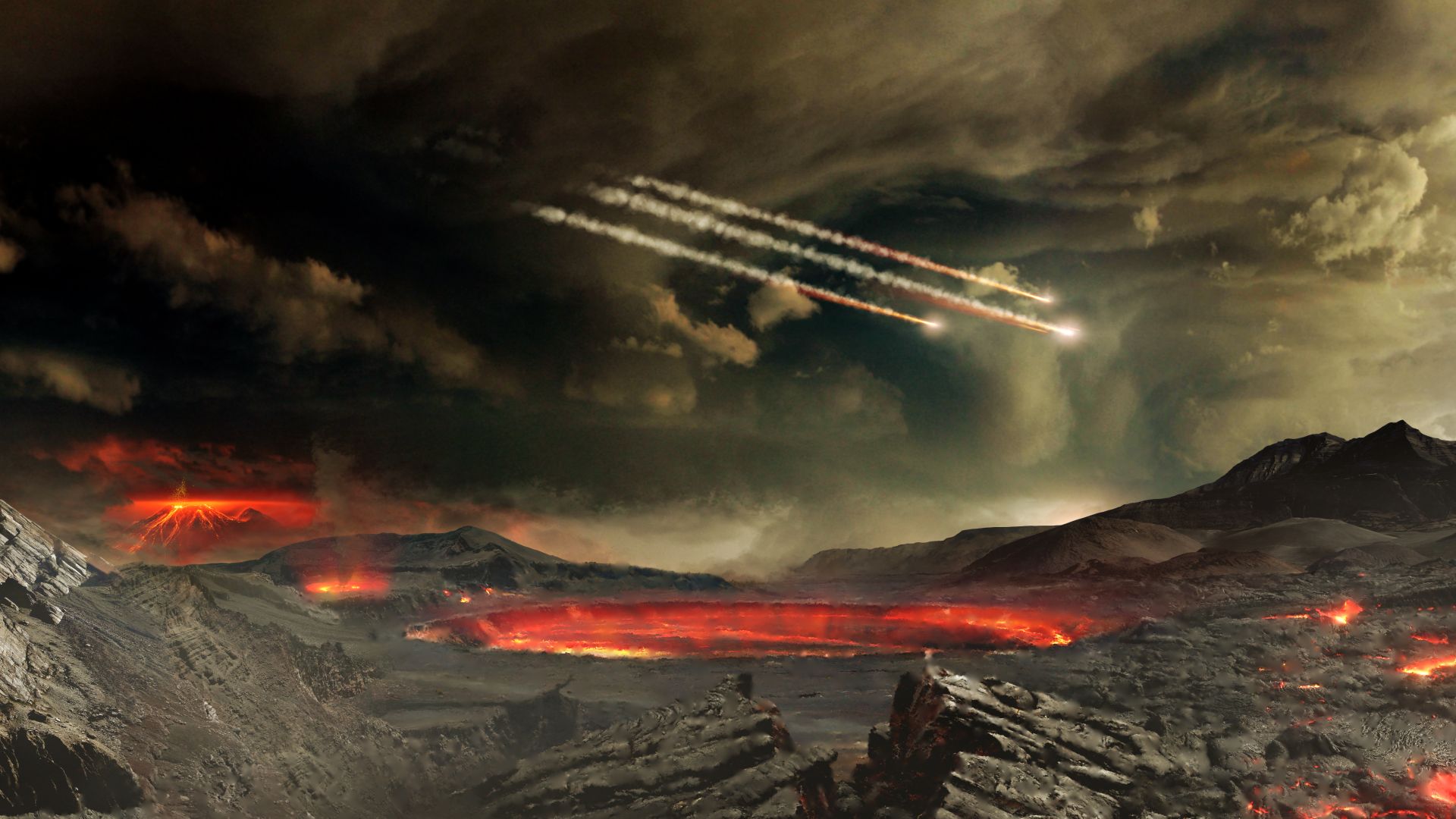 NASA's Goddard Space Flight Center Conceptual Image Lab, Wikimedia Commons
NASA's Goddard Space Flight Center Conceptual Image Lab, Wikimedia Commons
Why These Mountains Matter To Everyone
Even buried deep, these giant structures influence heat flow and volcanic activity that shape earthquakes, terrain, and climate. Looking at these structures closely improves our ability to forecast natural hazards and better understand the rudimentary systems that support life.
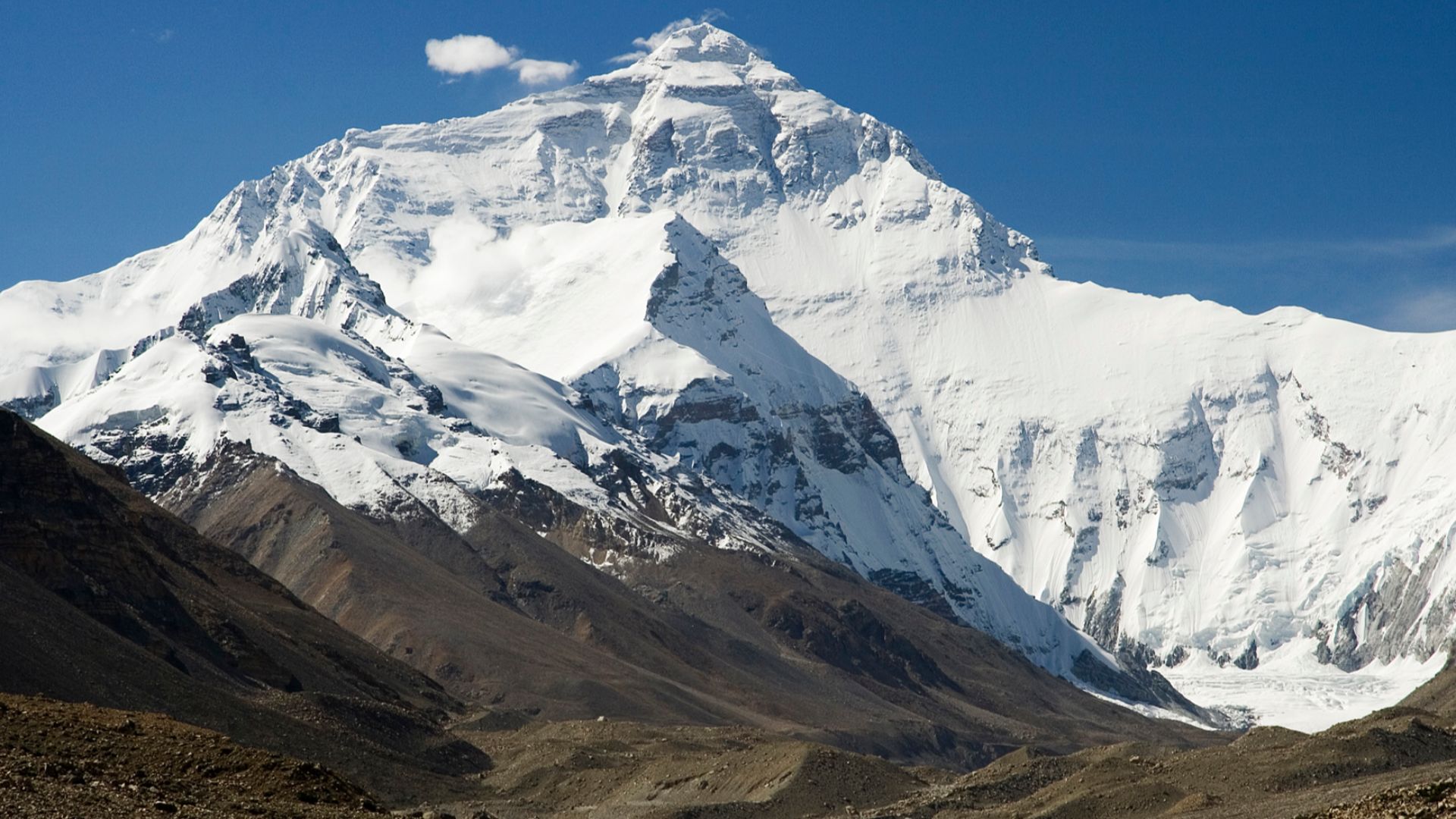 Luca Galuzzi (Lucag), Wikimedia Commons
Luca Galuzzi (Lucag), Wikimedia Commons
Implications For Future Earth Exploration
Naturally, these mountains open the door to more exploration. If such massive features can be hidden, what else is out there? Scientists now have new reasons to push the boundaries of exploration, using tech to map Earth's unexplored regions more thoroughly.
The Future Of Geophysical Mapping
This discovery is driving a new era in mapping Earth’s interior. Advances in seismic imaging, AI, and supercomputing now allow scientists to create high‑resolution 3D models of structures thousands of miles below the surface. It only gets more detailed from here.
Next-Generation Seismic Networks
New arrays of ocean-bottom seismometers and satellite-linked land stations will soon blanket previously unmonitored regions. By capturing more earthquake data from remote parts of the globe, scientists can refine their 3D maps of deep Earth, possibly revealing even more hidden giants—or showing these structures in unprecedented detail
 Louiskmn, CC BY-SA 4.0, Wikimedia Commons
Louiskmn, CC BY-SA 4.0, Wikimedia Commons
What Scientists Will Study Next
Future research will gather more global earthquake data, refine seismic imaging, and reproduce deep-Earth conditions in laboratories. These efforts aim to uncover the mountains' composition and role in shaping Earth's evolution over the years.
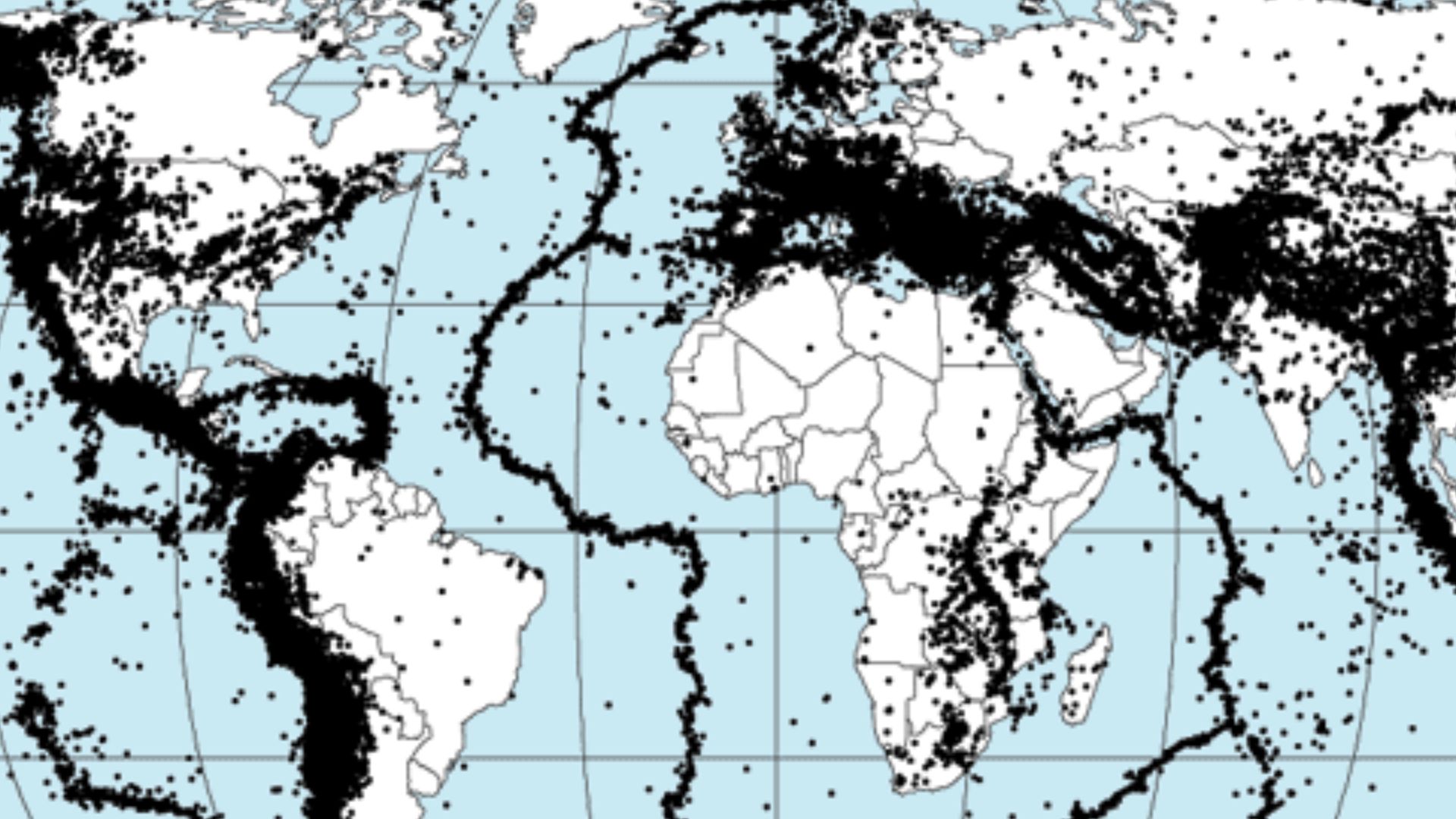 NASA, DTAM project team, Wikimedia Commons
NASA, DTAM project team, Wikimedia Commons
Could Other Planets Hide Similar Secrets?
If such vast structures exist on Earth, rocky planets like Mars or Venus may host their own deep giants. However, it is very speculative at this stage due to gravity anomalies, but understanding our planet's interior could help with future space missions, too.
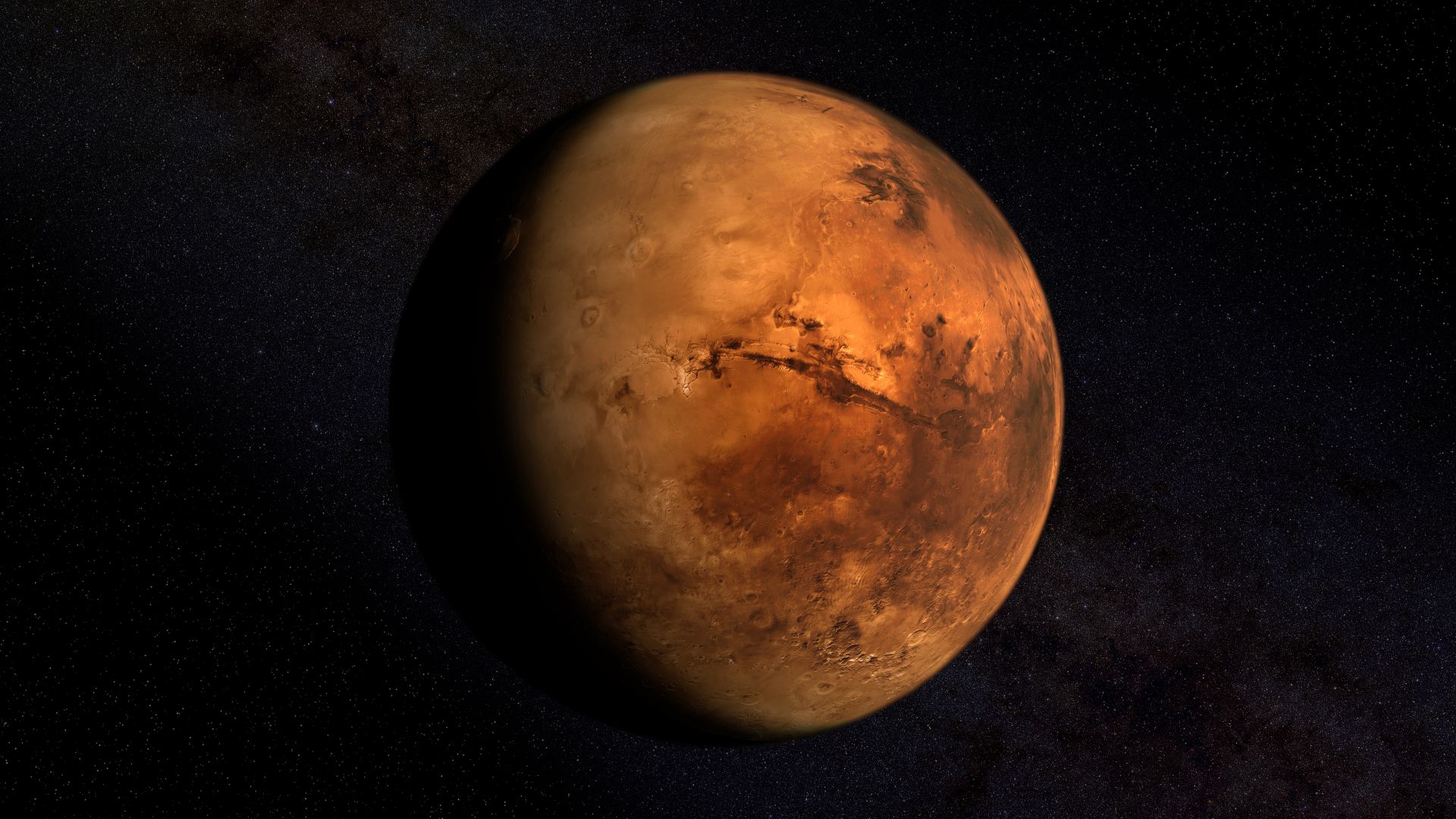 Kevin Gill from Los Angeles, CA, United States, Wikimedia Commons
Kevin Gill from Los Angeles, CA, United States, Wikimedia Commons
The Ongoing Quest For The Unknown
The discovery of hidden mountains is a reminder that Earth still holds many secrets. As technology advances, we continue to uncover new features that reshape our understanding of the planet. This finding just marks the beginning of a new era of exploration.
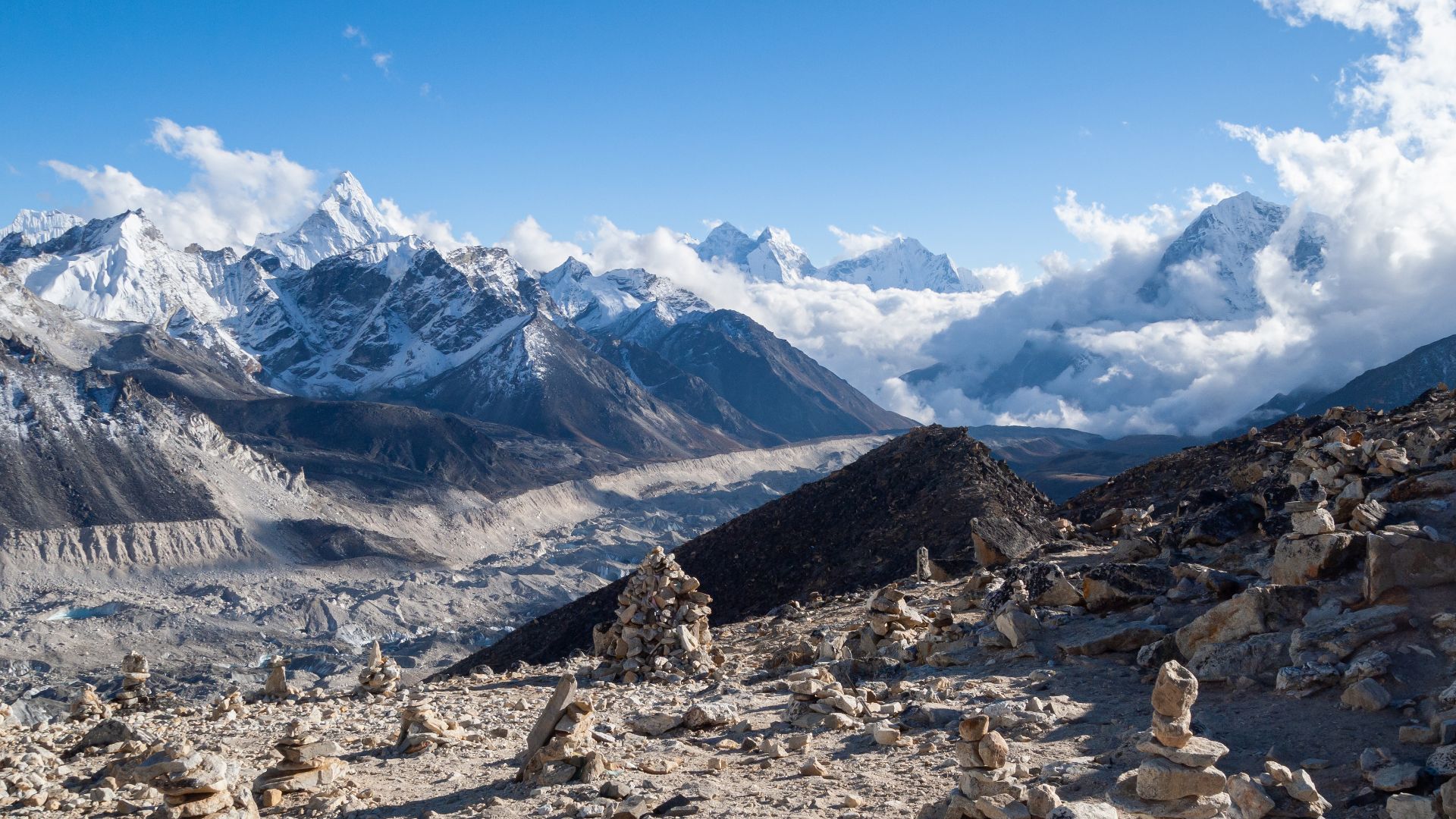 Vyacheslav Argenberg, Wikimedia Commons
Vyacheslav Argenberg, Wikimedia Commons


